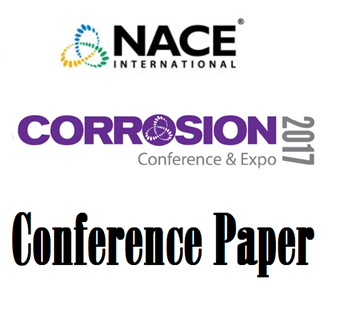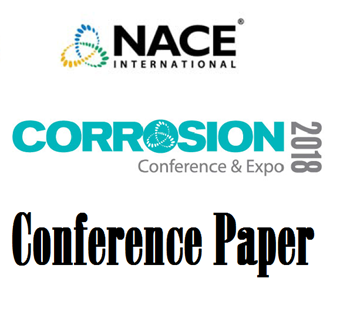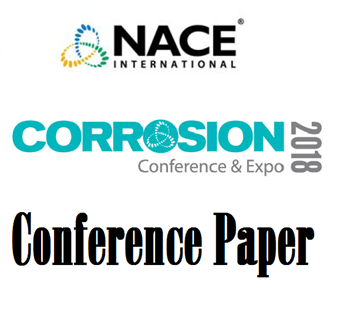Search
51318-10836-Stability of buffer solutions for SSC test in stainless steel OCTG material from experimental approach
Also Purchased
Choice of Buffer Solution for Stainless Steel OCTG at Laboratory Corrosion Test to Carry Out SSC and SCC Resistance
Product Number:
51317--9288-SG
ISBN:
9288 2017 CP
Publication Date:
2017
$20.00
51318-10838-Evaluation of MIC research in UST under the influence of biodiesel
Product Number:
51318-10838-SG
Publication Date:
2018
$20.00
51318-10841-BARE FIELD JOINT FOR SUSBEA PIPELINES A POSSIBLE ALTERNATIVE ?
Product Number:
51318-10841-SG
Publication Date:
2018
$20.00




